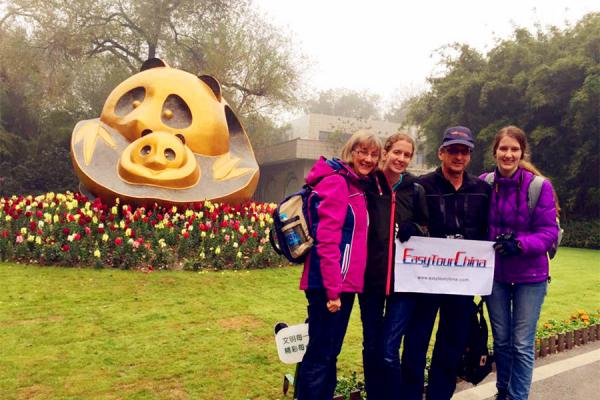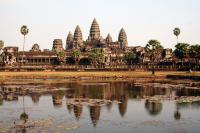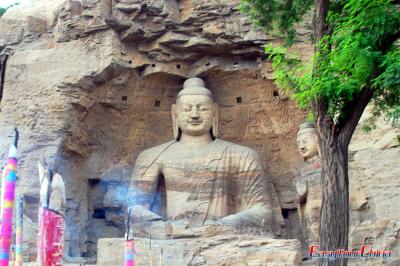Forbidden City
Forbidden City – China’s most glorious palace complex sits in the heart of the capital city of Beijing. It was the imperial palace of China for 5 centuries (from the Ming dynasty to the end of the Qing dynasty - the years 1368 to 1911), and became the symbol of imperial power.
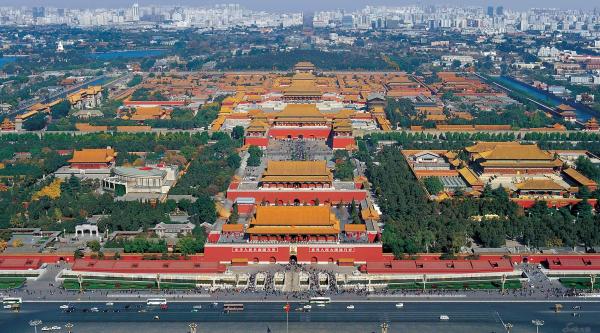
Once, it was a private palace of emperors with their households and hundreds of court ladies and palace eunuchs, as well as the ceremonial and political center of Chinese government, but today, it houses the Palace Museum, as a World Heritage Site and the largest and most well preserved collection of ancient wooden structures in the world. And most of the collections are originate from the Qing imperial collection, such as ceramics, jades, bronzes, paintings, calligraphy, ancient books, timepieces, palace paraphernalia and historical documents.
The Forbidden City was constructed from 1406 to 1420, during the Ming Dynasty. The classical traditional Chinese palatial architecture style is so unique and exquisite that has bought a great influence in East Asian and other regions’ cultural and architectural developments. And it becomes a must-see site for all visitors to travel to China.
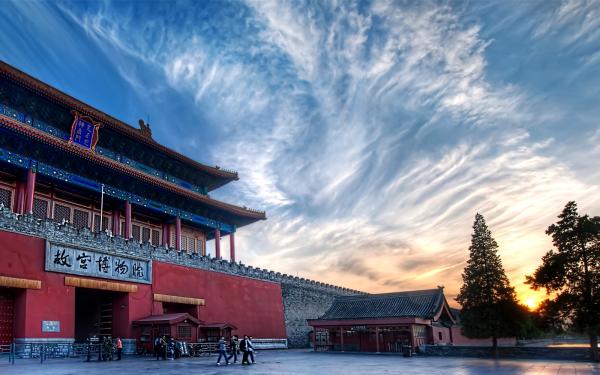
When you step into the Forbidden City, you will found each twist and turn has its different ways of presenting Chinese history and culture. It is protected by high walls and a moat on all four sides and consists of 980 magnificent wooden buildings with 8,886 rooms (a common myth states that there are 9,999 rooms in total).
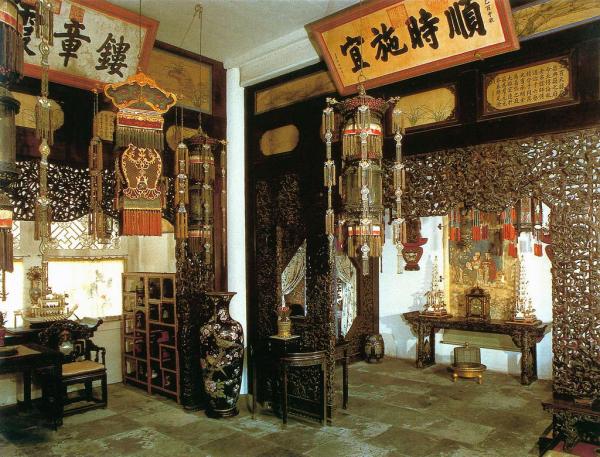
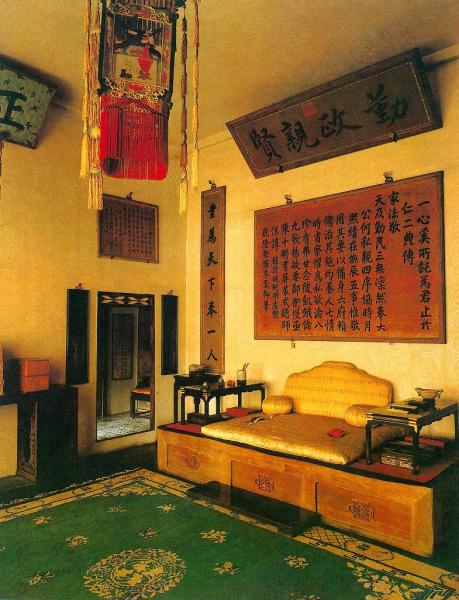
The Forbidden City palace grounds are divided into two main sections, the Outer Palace to the south and the Inner Palace to the north. The long stone ramp carved with dragons sporting in clouds in bas-relief in the center of the staircase called the Imperial Way (or Dragon Pavement), which corresponded with the north-south axis of the city, was for the emperor's exclusive use; imperial family members and civil and military officials no matter how high their ranks had to walk the forty-four steps to either side.
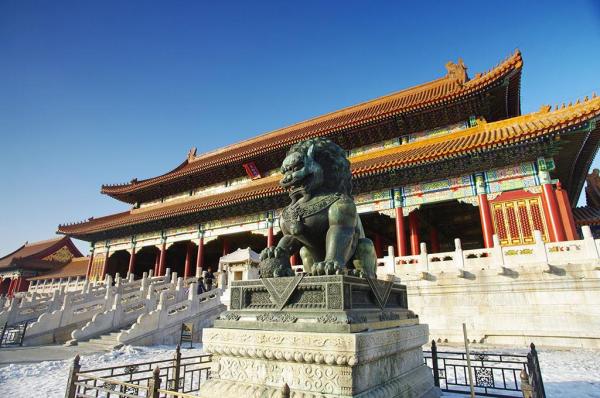
Here is the brief introduction of main spots and recommended routes to visit Forbidden City:
Entrance:
Tian'anmen Square: the largest city square in the world.
Outer Palace:
The Hall of Supreme Harmony (Taihe Dian): the heart of the Forbidden City palace complex.
The Hall of Central Harmony (Zhonghe Dian): the smallest hall of the three palace complex.
The Hall of Preserving Harmony (Zhonghe Dian): It was used for many functions throughout history.
Inner Palace:
The Palace of Heavenly Purity (Qianqing Gong): It is the largest building of the three rear palaces, where the Emperor slept.
The Hall of Union and Peace (Jiaotai Dian): It sits between the Palace of Heavenly Purity and the Palace of Earthly Tranquility.
The Palace of Earthly Tranquility (Kunning Gong): It was the resting hall for empresses in the Ming Dynasty and the Qing Dynasty.
Gardens:
Imperial Garden: It is located behind the Palace of Earthly Tranquility, which was used for emperors and empresses to relax themselves, enjoy beautiful scenery, reading and so on.
Hall of Mental Cultivation (Yangxin Dian): It was probably the most important building except the Hall of Supreme Harmony during the Qing Dynasty. And from the time of Emperor Yongzheng, it served as the emperor’s sleeping palace.
Exit:
Gate of Devine Might (Shenwu Men): It is the northern gate of the Forbidden City, which faces Jinshan Park.
East Prosperity Gate (Donghua Men): It is the eastern gate of the Forbidden City.
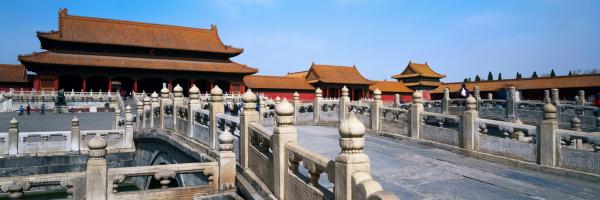
When to Visit:
OPEN Tuesday – Sunday all year round
CLOSED Monday (except for national holidays and July-August)
How to Get Here:
The Forbidden City (Palace Museum) sits in the heart of Beijing, which is conveniently located bus stops and subway stations provide easy access to transportation.
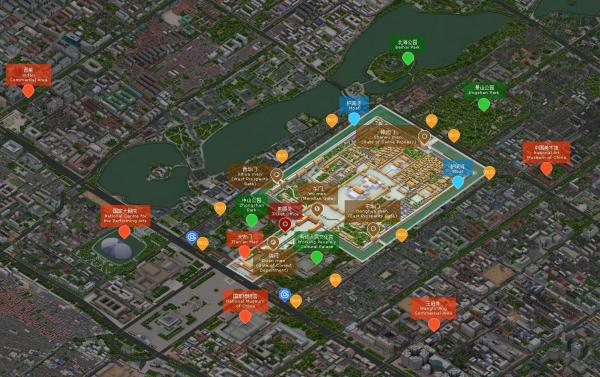
Travel Tips:
1.Try to avoid weekends or Chinese traditional holidays.
The reason is very obvious: too many people! If you don’t want to meet the masses turn up and ruin your photo opportunities, we also recommend you come here either earlier in the morning or later in the afternoon(not too late before the museum is closed) to enjoy the real beauty of the Forbidden City.
2.Choose the right entrance
Officially, the Forbidden City tour is one way, from southern gate (Meridian Gate - Wumen, which is the only entrance) to northern gate (Gate of Devine Might - Shenwu Men) or eastern gate (Donghua Men). And we suggest you to exit from Donghua Men, which is a quieter street, much closer to the subway and with better taxi options.
3.Rent an audio guide device
The audio guide device in the Forbidden City is available in several languages, such as Chinese, English, French, Japanese, German, Korean, Russian, Thai, Portuguese, Cantonese, Italian, Spanish and Arabic. It will help you understand more about the history and stories about the palaces you step in. And it can be rent from the tour guide service at the Meridian Gate - Wumen and the Gate of Devine Might - Shenwu Men.
4.Move up to Jingshan Park
If you want to have a panoramic view of the Forbidden City, JIngshan Park should not be missed. It is the best place to take a perfect whole Forbidden City photo.
5.Wear Comfortable Shoes
It is a long walk! The Forbidden City is large and there are lots of outdoor areas to visit. So it is very important to choose your most comfortable shoes.
6.Bring your passport with you
New policies require a form of national identification for each ticket purchased.
7.Leave your lighter and sharp implements at home
The security checkers will check at the entrance. Lighters and sharp implements are not allowed to be brought in the Forbidden City.
